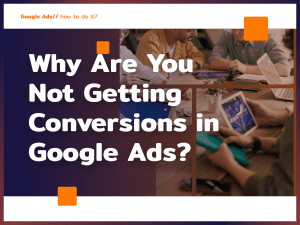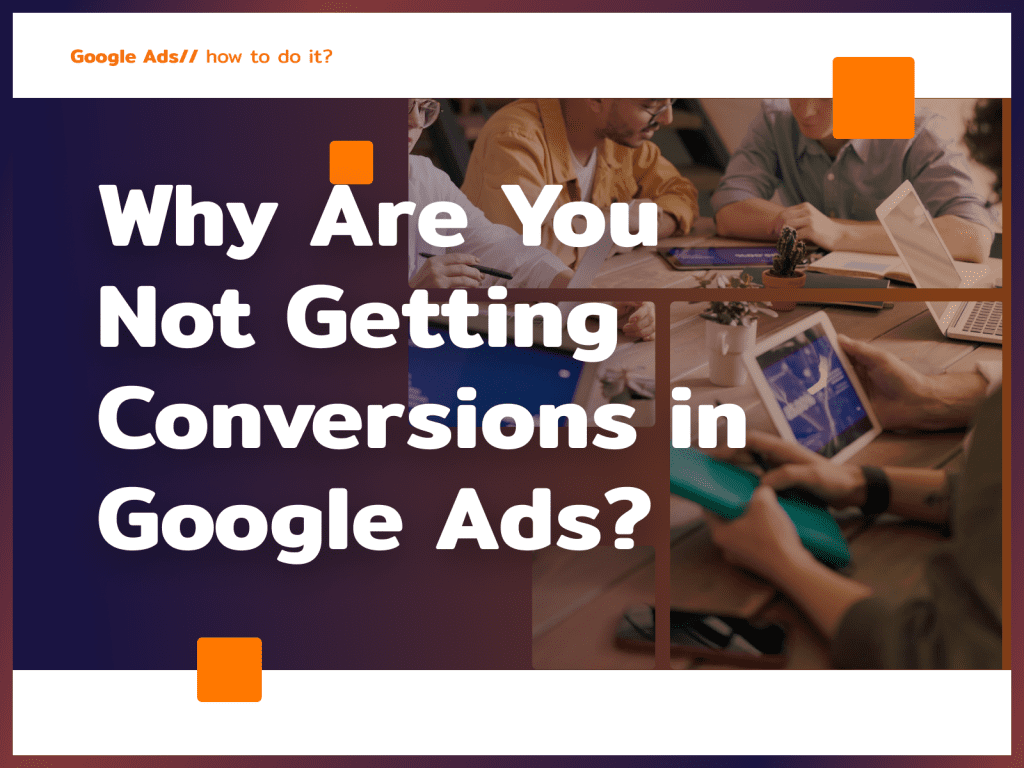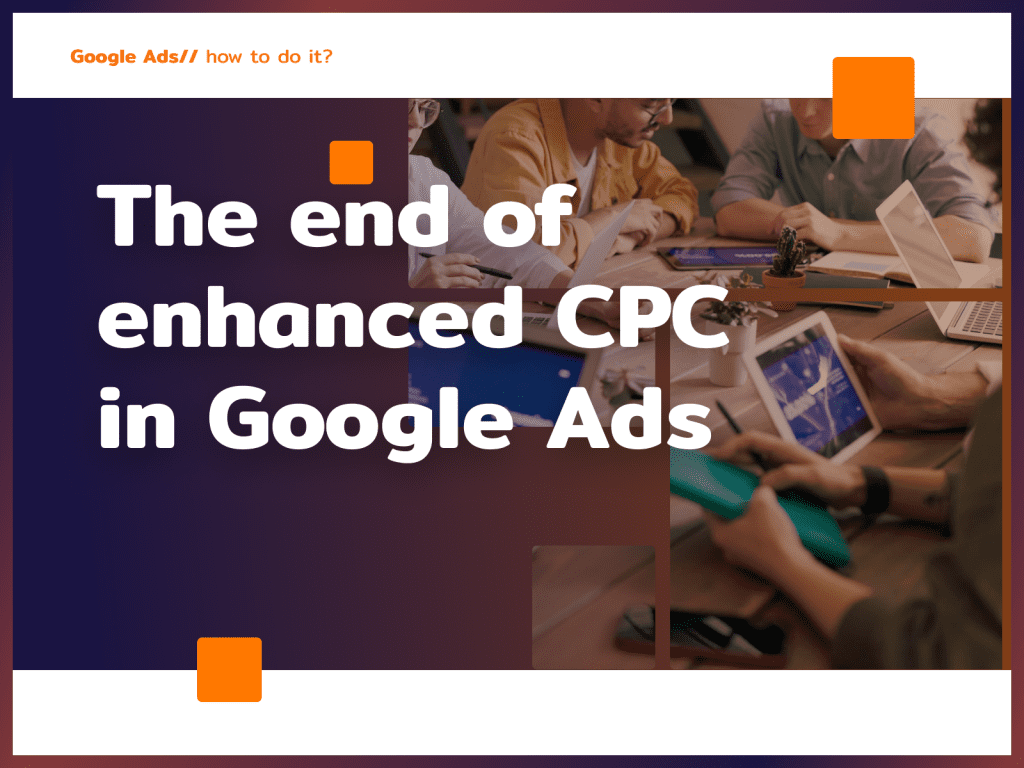Anyone involved in SEO is well aware that Google’s mysterious algorithms, by which the search engine ranks sites, are updated quite frequently. As of December 2022, the Helpful Content Update, which had only been in effect for English-language sites since August, has been expanded to include other languages. Not sure if the content on your site meets the new requirements? Contact me – I’ll do an audit on your site and see if Google has grounds to lower your positions in search results.
What is Helpful Content Update?
Helpful Content simply means helpful content in English. The update was introduced to increase the visibility of sites that offer useful content to the user. Google is using machine learning to get better and better at distinguishing texts written with the user in mind from those written solely for SEO. A common practice is to include phrases with a high number of monthly searches in the content, unfortunately not always entirely accurate given what the user is looking for. Google wants to deal, for example, with long texts in which the answer to a query is in the last sentence or not at all. Under the magnifying glass are very elaborate content, dragged out to include a keyword as many times as possible.
Stay up to date with SEO news!
Sign up for the newsletter
So-called “rich snippets” also contribute to improving the user experience. rich snippets . In the expanded search results, the relevant answer appears above the other pages. Thus, traffic to lower-ranked sites drops, because the user gets the answer right away. This is precisely Google’s goal: to find the right answer by the Internet user, not to make life easier for positioners.
Helpful content – what does it mean to Google?
Google clarifies guidelines in Helpful Content update. So it is worth answering some questions. You create helpful content if:
- The text conveys professional and useful content – preferably prepared or at least vetted by someone who actually uses the product you are writing about or has experience in the industry.
- The site has a main subject area – it can be quite broad, but Google usually ranks sites with content on virtually any topic less favorably.
- The text provides practical knowledge – after reading the content, the user is able, for example, to select the right product for his needs, to use a new feature.
- You respect the user’s time – it takes a few minutes to read the text and this time will allow the user to learn something specific.
Special requirements were created for product descriptions that should be:
- Written from a user’s perspective – what features does a potential customer look for in a product?
- Concrete – it is worth sharing reliable data about the quality of the product, e.g. true composition, performance.
- Comparable to competitors – features that distinguish the product from competitors should be clearly highlighted.
What mistakes to avoid when creating content?
It has long been said how crucial content is to SEO, so it’s no surprise that SEOs are taking advantage of this. Google realizes this, and the new update is intended to help combat unhelpful content written solely for phrases. This is especially true given the growing popularity of AI content generators, as it is becoming easier and faster to create low-cost, low-quality content.
Google has prepared a series of alarm signals that you’d better avoid when expanding content on your site if you want to avoid reduced visibility:
- Writing content to drive traffic to the site rather than providing valuable information.
- Intensive content development to improve visibility with high search volume phrases.
- Using AI on a large scale to produce as much text as possible in a short period of time.
- Writing based solely on information found in competitors’ articles without citing research, your own experience, etc.
- Choosing topics based on the number of search phrases rather than the interests of your target audience.
- Using generalities – the recipient has to look for information in other sources to find out something specific.
- Artificially extending text to achieve a higher number of characters with spaces than the competition has written (Google declares that it has no requirements for text length).
- Tackling niche topics to reach a specific audience, even though you have no expertise in the subject.
- The creation of the so-called. click-bait, i.e. when a catchy title increases the number of clicks, but the user does not find the information the art in the text (e.g. Article We know who will win Eurovision 2023, although the contest will not be held until May).
Ready to grow?
How is the Helpful Content Update implemented?
Google is introducing a new signal that will be taken into account along with other ranking factors that affect a site’s visibility. The indexing robots will detect content that is of little value, not useful to users or does not contribute any new information (very similar to competing content, although not literally copied). If a large portion of the site’s content is deemed of little value (but Google does not give a specific %), the site’s visibility in search results will drop. However, this also has its good points – if you write high-quality content, your positions in the SERPs may rise, as competitors, writing texts solely for SEO, will see declines.
The so-called. Google’s classifier evaluates both newly added and existing content. If your site is flagged with a signal saying low-quality content, you can solve the problem by removing poor content. However, Google checks that low-value, removed content will not be restored, so you’ll have to wait a while for a position increase (as is usually the case with SEO, but it’s hard to say how much specifically).
The classifier is, of course, one of many signals that Google takes into account when ranking content. These include relevance (what the user is looking for), relevance (checking text and headings for keywords), quality (dependent, for example, on the presence of links to other sites), usability (e.g., page load speed, responsiveness on mobile devices) and context (user-side search settings, preferred language, location). Adhering to the Helpful Content Update is just one factor – to be in high positions, you need to follow other Google best practices as well.
The Helpful Content Update is another step by Google to penalize sites packed with content created typically for SEO, without much value for the user. The demands on the quality of texts are getting higher, so more and more time is also required to write them. Not sure how to plan and implement content expansion on your site? Call or write – me and my team will be happy to take care of it!

















